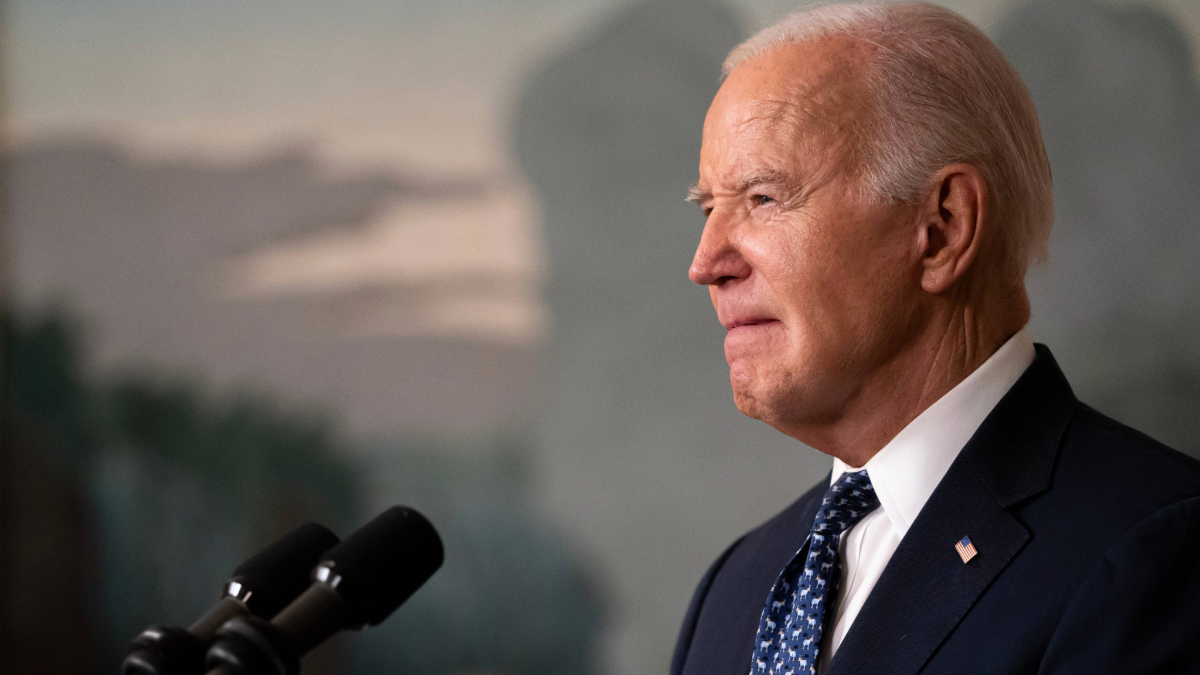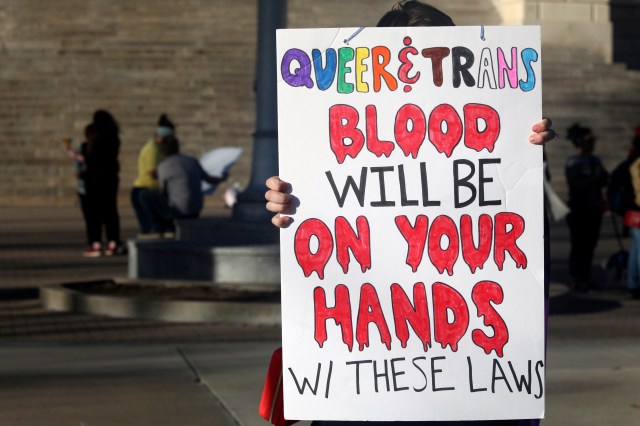
Part of the ongoing right-wing backlash against transgender people is rooted in this idea that being trans is a new thing, which it isn’t.
As long as societies have been divided along gender lines, folks have been crossing those lines. What is new, lately, is the openness with which people transition. There’s no way to know how many transgender people lived their whole lives under the radar. But some trans Americans did leave footnotes in the history books, and I want to talk about some of them. Transgender people have always been with us and they always will be with us.
Of course, the further back in the history books you go, the fewer primary sources you come across. We don’t know how all of these individuals perceived themselves; the word “transgender” didn’t even come into use until the 1970s. Some of these Americans left journals and interviews, others are only viewed through the narrow peephole of an obituary or a court ruling. Regardless of terminology, what is clear is that they lived their lives in the gender of their choosing, even when suffering social consequences for it.
Some became famous for reasons entirely unrelated to their gender identity.
Dr. Alan Hart (1890-1962), assigned female at birth, became a radiologist and public health professional. He pioneered the use of x-rays to screen for tuberculosis patients, which enabled the disease to be caught early and treated. If you’ve ever caught TB, you will always test positive on the tuberculosis skin prick test. The only way to find out if you have an active case is a chest x-ray. I’ve registered many patients for a chest x-ray as a TB precaution, not knowing I was drawing on the work of a fellow member of the LGBTQ community. Hart’s personal medical history was also somewhat pioneering; he underwent a hysterectomy in 1917 and began taking testosterone in the 1920s when it became commercially available. He was married twice and the marriage to his second wife lasted from 1925 until his death.
There was Frances Thompson, born in 1840 into slavery and assigned male at birth. She lived as a woman, resulting in multiple arrests for “cross dressing.” Thompson testified before a congressional committee investigating the Memphis Riots of 1866.
A woman named Mary Jones was arrested in 1836 for prostitution and theft (hey, not everyone historic is heroic!) and shows up thereafter in a few court records for similar charges, occasionally being referred to as “Beefsteak Pete,” which is neither the best nor the worst crime name I’ve ever heard. At least one newspaper described her as being “tricked out in female apparel of the most fashionable style and cut, and sporting the newest shaped hat.”
There were many cases of women disguising themselves as men to fight in the Civil War. Albert Cashier, born Jennie Hodgers, lived as a man before enlisting in the Union Army in 1862 and lived the rest of his life as a man. On various occasions, friends and medical professionals discovered his birth sex but chose to keep quiet about it; being kind and respectful was possible in the 19th century. Cashier was briefly investigated for pension fraud but was cleared when fellow soldiers testified that “she” had in fact served. In his testimony, former friend Robert Hannah said: “I never suspected anything of that kind. I know that Cashier was the shortest person in the company.”
Charley Parkhurst, born in Vermont in 1812, went out West to seek his fortune like many young men in that era. He became a successful and fairly well-known stagecoach driver, even after losing an eye to a horse kick (no word on whether the horse’s attack was motivated by transphobia). This was the time of the wildest West, and as Parkhurst’s New York Times 1880 obituary put it, being a stagecoach driver was “an occupation above all professions calling for the best physical qualities of nerve, courage, coolness and endurance.” He was known at varying points as “Six-Horse Charley,” “Cockeyed Charley,” and “One-Eyed Charlie.” After his death, he was revealed to have been assigned female at birth.
Back on the East Coast, there was Murray Hall, who was born in Scotland in the 1840s, assigned female, immigrated to America, and became a businessman (emphasis on “man”), as well as a politician in New York’s Tammany Hall at a time when women couldn’t vote or, really, do much of anything. He was married twice and even adopted a daughter, who didn’t know about her dad’s gender until after his death.
Once you go looking for them, it’s amazing to find how many trans Americans were living, loving and generally minding their own business throughout our history. Dr. Alan Hart’s own doctor put it perfectly when he, writing up the case study notes, said: “If society will but let her alone, she will fill her niche in the world and leave it better for her bravery.”
Although he didn’t use the right pronouns, he certainly had the right idea.
« Previous
Next »





Invalid username/password.
Please check your email to confirm and complete your registration.
Use the form below to reset your password. When you’ve submitted your account email, we will send an email with a reset code.